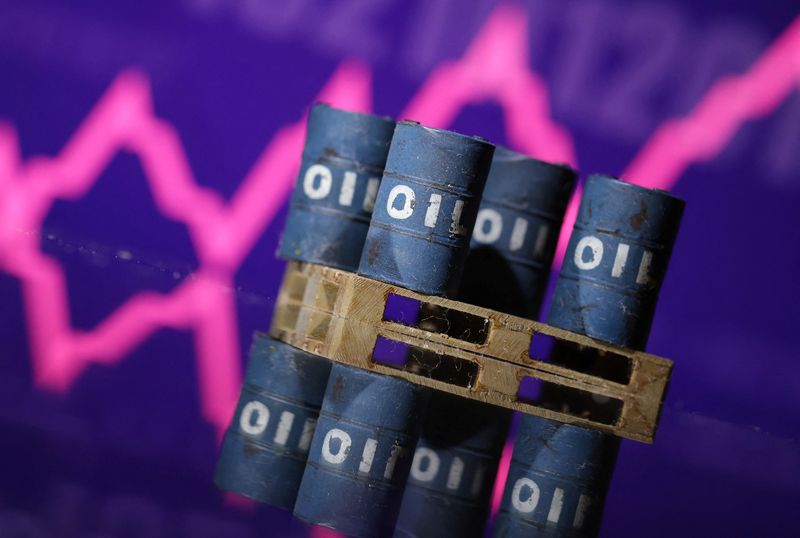As the year closes, we’re taking a look back at our most popular copper news articles of 2024.
Copper performed strongly in 2024, setting a record all-time high of US$5.11 per pound in May. Although the red metal’s price declined in the third quarter, values remained elevated compared to the past two years.
The need for more copper to support the energy transition was a significant point of discussion as well, and analysts weighed in on just how much is needed.
Read on for the list of our top five copper stories of 2024, including updates on what has happened since.
1. Chinese Copper Smelters to Trim Output in Response to Falling Margins
On July 16, Chinese smelters Daye Nonferrous Metals (HKEX:0661) and Baotou Huading Copper Industry Development made headlines following their decision to cut production outputs in 2025.
The former, a major company, reported a planned 20 percent cut, while the latter, a smaller firm, announced a 40 percent reduction.
Both smelters attributed the decrease to “diminishing profit margins caused by an ongoing shortage of ore concentrate,� as reported by Bloomberg.
Other factors affecting the decision include the decrease in smelter utilization rates caused by low treatment and refining charges towards the end of 2024 and significant production losses.
Daye Nonferrous Metals’ half-year earnings reveal revenue was up by 55 percent compared to the first half of 2023, largely attributed to a resumption of smelting at its plant.
2. BHP: Global Copper Demand to Surge 70 Percent by 2050
Mining giant BHP (ASX:BHP,NYSE:BHP,LSE:BHP) forecast that copper demand will reach over 50 million metric tons by 2050.
In a September 30 report, BHP said, “Unlike the 20th century, where the adoption of cars, electricity, consumer electronics and white goods occurred at different times across various regions, we expect to see more-or-less concurrent adoption of the copper-intensive technologies of EVs, renewables and data centres around the world.�
The company anchored its predictions on several factors, namely traditional economic growth, the ongoing global energy transition and the expansion of digital infrastructure.
Global efforts are currently intensified to curb greenhouse gas emissions, resulting in a projected rise in copper demand.
Current copper mines are expected to supply more than half of the copper needed to meet global demand over the next decade. However, by 2035, production from these mines could decline by 15 percent due to decreasing ore grades, highlighting the urgent need for significant investment in upgrades and new projects to sustain supply.
Despite these challenges, the pace of new copper discoveries has dramatically slowed, with only four major finds in the last five years. This scarcity of greenfield projects poses a substantial challenge to meeting future demand.
In summary, major market players like BHP will need to adopt innovative strategies and make substantial investments to bridge the gap, ensuring a stable supply of copper as industries increasingly rely on the metal for clean energy solutions.
3. IEF: World Needs 35 to 194 New Copper Mines by 2050 to Support Massive Demand
The International Energy Forum (IEF) also published a significant copper report in 2024, which highlighted the need for more copper mines by 2050 and government support and incentives for these projects.
The report singled out limited exploration as one of the copper market’s biggest challenges at the moment. It also discussed the long periods between discovery and production.
“New copper mines that started operation between 2019 and 2022 took an average of 23 years from the time of a resource discovery for mines to be permitted, built, and put into operation,� it said.
The IEF detailed multiple copper demand scenarios through 2050. For business as usual there would need to be 35 new copper mines by 2050; EV plus grid would require 54 new copper mines; and net-zero by 250 would require a massive 194 new copper mines.
IEF Secretary General Joseph Mongle emphasized that without changes in current policies, 100 percent realization of EV adoption would not be possible.
“To make the best use of available copper supply, governments should prioritize economy-wide electrification, which is the foundation of climate policy. Moreover, governments need to incentivize and support new copper mine projects,� he said.
4. LME Sanctions on Russian Metal Push Copper, Nickel and Aluminum Prices Higher
On April 12, the British government and the US Department of the Treasury announced bans of Russian aluminum, nickel and copper on the London Metal Exchange (LME) and Chicago Mercantile Exchange (CME).
The LME is the oldest and largest metals trading forum in the world, responsible for setting benchmark prices for metals such as aluminum and zinc.
The news led to increases in the prices for all three metals, with aluminum jumping 9.4 percent — its largest one day increase since 1987 — nickel soaring by 8.8 percent and copper getting a smaller 1.6 percent bump.
The restrictions cover any metal produced in Russia starting April 13. Owners of Russian metal produced before the said date were allowed to place their metal on LME warrant, provided they furnish evidence of production dates.
The ban is part of continuing sanctions imposed by the US and UK on Russia due to its invasion of Ukraine. Trading of Russian metals outside of the LME and CME’s systems is not included in the ban.
There have been no updates on the restrictions as of this writing.
5. Goldman Sachs Cuts Copper Price Forecast on Weak Chinese Demand
While the reports above discussed the increasing demand for copper, China’s demand for the red metal was reportedly weakening due to a slow economic recovery.
Supporting this claim was American investment bank Goldman Sachs (NYSE:GS), which in September significantly lowered its 2025 copper price forecast due to that factor. The firm reduced its prediction to US$10,100, a large dip from the previous US$15,000 forecast.
According to Bloomberg, the US$15,000 prediction came from former analysts Jeffrey Currie and Nicholas Snowdon, while the new outlook was outlined in a note by analysts including Samantha Dart and Daan Struyven.
‘Softer-than-expected China commodity demand, as well as downside risks to China’s forward economic outlook, lead us to a more selective, less constructive tactical view of commodities,’ the analysts said.
Copper reportedly had an average monthly price of over US$9,000 per metric ton in November, down from its over US$11,000 per metric ton price record in May.
Securities Disclosure: I, Gabrielle de la Cruz, hold no direct investment interest in any company mentioned in this article.

































